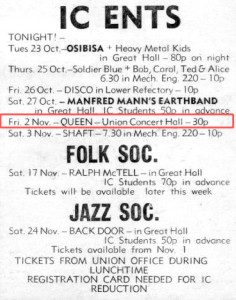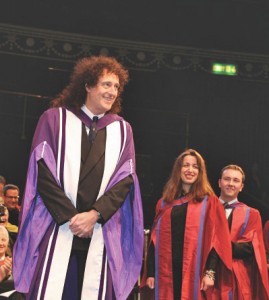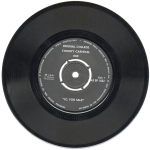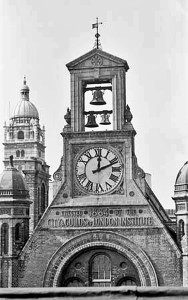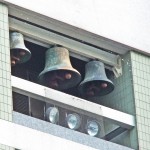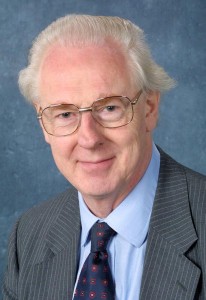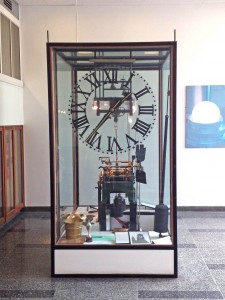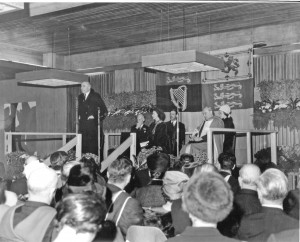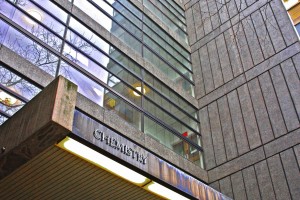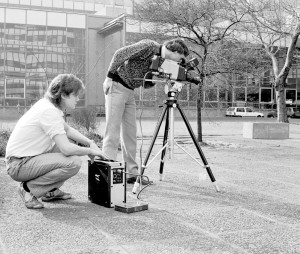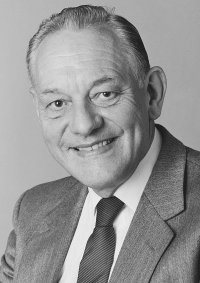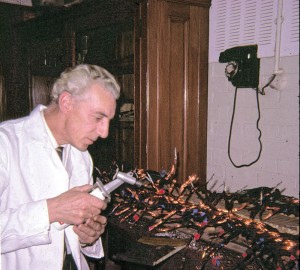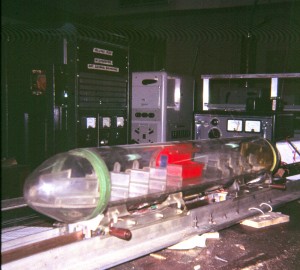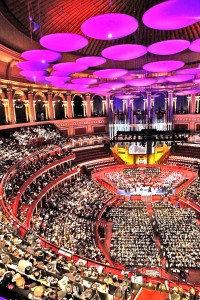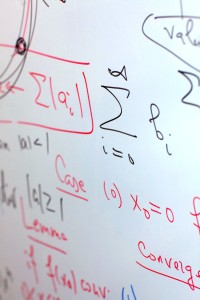 The Centenary of the foundation of the College was celebrated on 9 July 2007 with a ceremony in the presence of Her Majesty The Queen and His Royal Highness The Duke of Edinburgh. The Queen and Duke also opened the College’s new Institute of Biomedical Engineering before taking part in an honorary graduation ceremony that saw the first ever Imperial degrees awarded to five distinguished figures, including His Royal Highness The Duke of Edinburgh.
The Centenary of the foundation of the College was celebrated on 9 July 2007 with a ceremony in the presence of Her Majesty The Queen and His Royal Highness The Duke of Edinburgh. The Queen and Duke also opened the College’s new Institute of Biomedical Engineering before taking part in an honorary graduation ceremony that saw the first ever Imperial degrees awarded to five distinguished figures, including His Royal Highness The Duke of Edinburgh.
 The ceremony followed the bestowal of a Royal Charter by Her Majesty The Queen that declares the College an independent university in its own right after its withdrawal from the University of London.
The ceremony followed the bestowal of a Royal Charter by Her Majesty The Queen that declares the College an independent university in its own right after its withdrawal from the University of London.
The visit cemented a long-standing relationship between the UK’s Royal Family and Imperial. The College stands on land purchased with the profits of Prince Albert’s Great Exhibition of 1851 in fulfilment of his vision for a centre of science and culture in South Kensington.
 The event was recorded for posterity and at the same time relayed live via web links to all parts of Imperial College, whether on the South Kensington Campus or not. Three cameras covered the ceremony from different angles and I mixed the event live at the time. What you see here is the full unedited live coverage version and please note that unlike BBC broadcasts of such events, there is no added commentary. The ceremony took place in the College’s main entrance hall with special staging having been built for the occasion. Rector at the time was Sir Richard Sykes. The recording runs for just over 30 minutes.
The event was recorded for posterity and at the same time relayed live via web links to all parts of Imperial College, whether on the South Kensington Campus or not. Three cameras covered the ceremony from different angles and I mixed the event live at the time. What you see here is the full unedited live coverage version and please note that unlike BBC broadcasts of such events, there is no added commentary. The ceremony took place in the College’s main entrance hall with special staging having been built for the occasion. Rector at the time was Sir Richard Sykes. The recording runs for just over 30 minutes.
Colin Grimshaw December 2012
